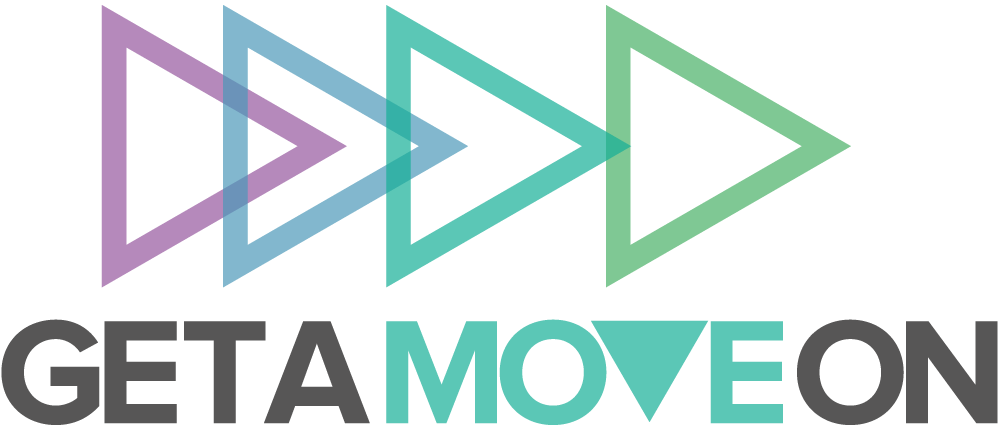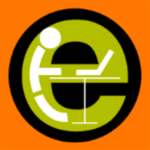The GetAMoveOn Network+ is an interdisciplinary community of researchers and practitioners, funded by an EPSRC grant running from June 2016 to the end of May 2021. Our aim is to transform health by enabling people to lead more active lives with the help of digital technologies.

When we move more, we become smarter; as we become stronger, chronic pain decreases. Greater movement, especially in social contexts, improves collaboration. As we move, not only do we reduce stress: we improve our capacity to handle stressful situations and to see more options for creative new solutions. Movement enhances both strength and stamina, improves bone mineral density and balance, reducing incidence of falling and associated hip injuries (causes of death in the elderly). Movement complements other functions, from assisting with sleep and therefore memory and cognition, to helping with diet and associated hormones – improving insulin sensitivity and balancing cortisol. There are recent studies showing benefits of movement related to dementia. And yet, physical inactivity is the fourth leading cause of death worldwide; sedentarism has been called the “new smoking”. Meanwhile costs to UK GDP from sedentarism and associated disease are increasing – from sick days lost to work, to elders losing mobility and having to move into care homes.
We have designed ourselves into our sedentarism: sitting during our commute, at desks while we work, and at home on the sofa. There is a critical need to design ourselves back into the natural effects of health accrued simply by moving more. We need solutions that will help build both the evidence and the experience that movement can enhance and benefit people’s lives.
New technologies are transforming our ability to capture lifestyle data on individuals in real time. Consumer technologies such as step counters and wifi scales are the tip of an iceberg – research programmes worldwide are proposing lifestyle data capture from devices ranging from video cameras to electricity meters to wearables. Meanwhile pervasive connectivity allows that data to be transmitted, processed through powerful machine learning tools and provided back to people in a heartbeat. While we understand the potential technologies, we do not yet know how to leverage the technology effectively to support transformative health.
Current approaches in ehealth generally only reach a small part of the population that is already interested in fitness, personal data capture, or both. Their uptake is, furthermore, of dubious effect as two recent medical reviews have shown. To have a national impact on health and wellbeing, to reduce the crippling burden of long term health conditions and to move healthcare from the clinic to the community, we need to reach everyone, across a range of abilities and aspirations. We need to connect the potential of the technology with the potential of people and realise the benefits of a healthy, brilliant, population.
Realising this potential requires research on novel technical solutions, supported by theories from sports and health sciences on blending appropriate movement strategies for particular performance aspirations to behavioural and cognitive sciences on ways to engage people to make effective and meaningful progress. We need to understand what measures are appropriate not just to evaluate progress, but to guide it and adapt to it. To have meaningful impact across these dimensions we need to combine a range of expertise including sensor networks, data analytics, interactive visualisation, human computer interacton, online citizen engagement, behaviour change, sports, exercise.

